Forget the Store: How to Make Natural Deodorant That Actually Works
So, you’re tired of store-bought deodorants. I get it. Over the years, so many people have become frustrated with products that cause irritation or contain ingredients they just don’t feel good about. It’s a common story, and honestly, it’s what pushes many of us to look for a better way. The core idea is simple: skin care should work with your body, not against it. And that philosophy is exactly what we need to craft an amazing natural deodorant at home.
In this article
First things first, let’s get one thing straight. We are making a deodorant, not an antiperspirant. Commercial antiperspirants use aluminum-based compounds to physically plug your sweat ducts. A natural deodorant, on the other hand, lets your body do its thing—sweating is a healthy, natural process, after all! Instead of stopping the flow, we’re going to tackle the root cause of odor and help manage that damp feeling. Understanding this difference is key. It helps you set realistic expectations and appreciate how your body adjusts when you make the switch.
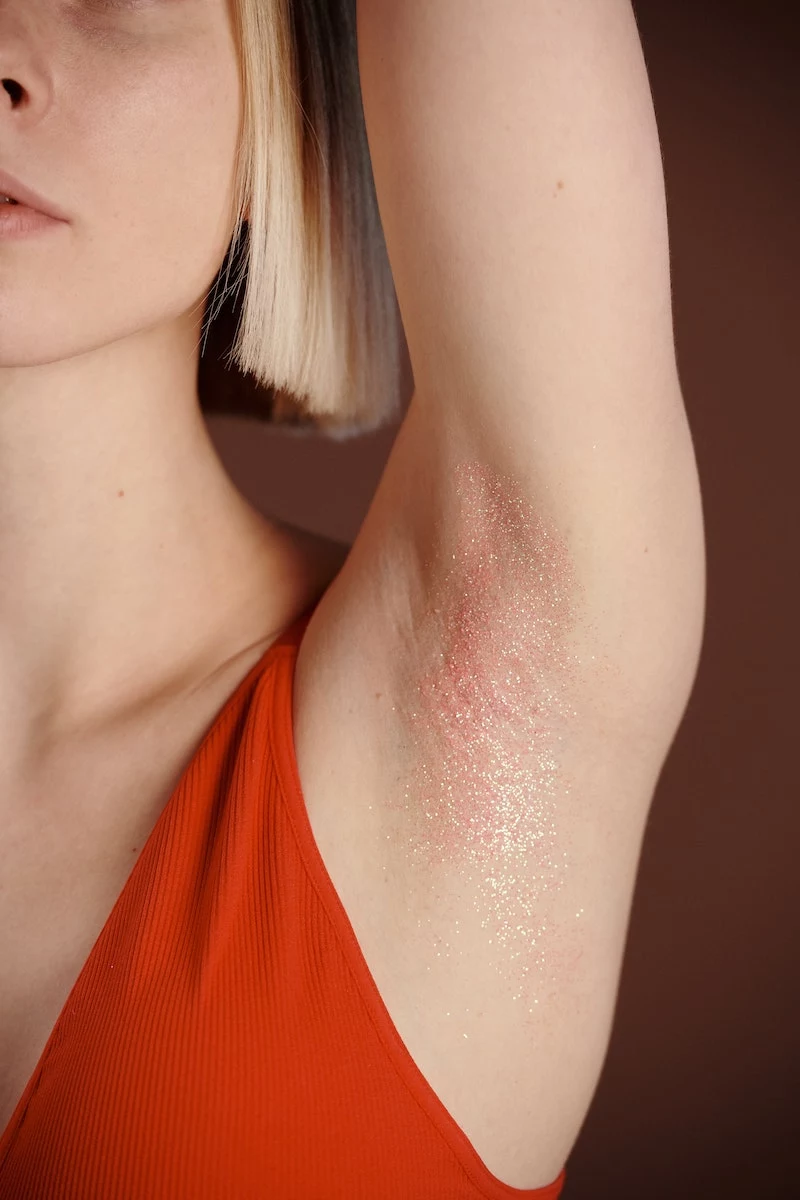
This guide will walk you through the real deal—the science, the ingredients, and the techniques the pros use. We’re moving beyond just following a recipe and into the world of true formulation. You’ll learn the why behind the what, and that knowledge is what will empower you to create a deodorant that’s perfect for you.
The Real Deal on Body Odor
Before we start mixing, let’s break down what we’re actually trying to fix. Fun fact: sweat itself doesn’t really smell. It’s mostly just water and salt. The classic B.O. scent is actually the byproduct of bacteria that live on your skin. These little guys have a feast on the fats and proteins in the sweat from your apocrine glands (the ones concentrated in your armpits), and their waste is what causes the odor.
So, a good natural deodorant has two main jobs:
- Neutralize Odor: We need to create an environment where those odor-causing bacteria can’t party and multiply.
- Absorb Moisture: We want to soak up excess sweat to reduce the wet feeling and make the environment less friendly for bacteria.
We do this by choosing ingredients that gently change the skin’s pH to be more alkaline, which bacteria don’t like, and by using natural powders that act like tiny sponges. It’s a one-two punch that gets the job done effectively.

Let’s Talk Money & Supplies
Okay, let’s address the elephant in the room: is this actually cheaper? The upfront cost will be more than buying a single stick of deodorant, for sure. You’ll need to invest in a few core ingredients and a scale. But here’s the good news: those ingredients will last you for many, many batches.
Here’s a rough idea of your startup shopping list:
- Digital Kitchen Scale: Non-negotiable for getting consistent results. You can find a good one online for about $15-$25.
- Shea or Cocoa Butter (8 oz): This will cost you around $10-$15.
- Coconut Oil (16 oz): A staple you can get at the grocery store for $8-$12.
- An ‘Active’ Ingredient (4 oz): Magnesium Hydroxide or Zinc Ricinoleate will be about $8-$10.
- Arrowroot Powder: Grab this from the baking aisle for about $5.
- Essential Oils: This varies wildly, but a starter bottle of lavender or tea tree oil is usually $7-$12.
Your initial investment might be around $50-$70, but that will make enough deodorant to last you a year or more, bringing the per-stick cost down to just a few dollars. Big savings in the long run!
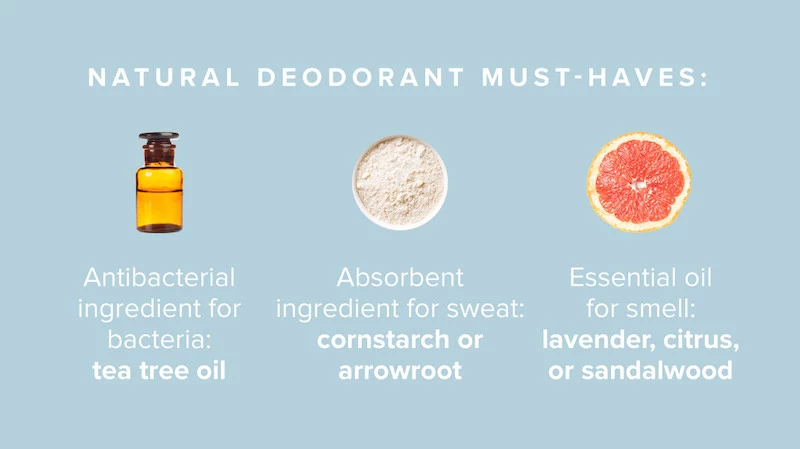
Where to buy this stuff? You can find coconut oil and sometimes arrowroot powder at your local supermarket. For the more specialized ingredients like shea butter, magnesium hydroxide, zinc ricinoleate, and cosmetic clays, look to online soap-making suppliers. A quick search for “cosmetic butters” or “natural deodorant ingredients” will point you to reputable sellers.
Breaking Down the Core Ingredients
A great formula is all about balance, where every part has a purpose. Pros always, always measure by weight, not volume (like spoons and cups). Using a digital scale is the only way to make sure your deodorant is perfect every single time.
The Base: Butters, Oils, and Waxes
This is the foundation of your deodorant, giving it a solid structure and a smooth glide.
- Coconut Oil: A fantastic base because it melts near body temperature, helping the deodorant apply like a dream. Plus, it contains lauric acid, which has natural antibacterial properties, so it’s doing more than one job. Go for virgin, cold-pressed if you can.
- Shea & Cocoa Butter: These butters give your stick firmness and are amazing for your skin. Shea is wonderfully soothing, while cocoa butter makes for a harder bar. Heads up: unrefined cocoa butter smells faintly of chocolate (which I love!), but if you don’t want that, grab the refined version.
- Waxes (Beeswax or Candelilla): This is your stabilizer. It raises the melting point so your deodorant doesn’t turn into a soupy mess on a hot day. Beeswax is a classic, but if you’re going vegan, candelilla wax is your best friend. It’s a bit harder than beeswax, so you’ll want to use a little less of it. A good rule of thumb for a solid stick is roughly 1 part wax to 4 parts oils and butters.

The Actives: Your Odor-Fighting Heroes
These are the ingredients that do the heavy lifting.
So, which active ingredient should you choose? The two most popular choices are baking soda and magnesium hydroxide, and they work in completely different ways. It’s not a one-size-fits-all situation.
Let’s talk about Baking Soda (Sodium Bicarbonate). It’s incredibly effective at stopping odor because it makes your skin’s pH much more alkaline, which odor-causing bacteria hate. The major downside? For a lot of people, this pH shift is way too aggressive and leads to a nasty, red, itchy rash. If you want to try it, start with a very low amount (less than 10% of your total formula) and patch test first. To be frank, if you have sensitive skin, I’d just skip it.
And then there’s Magnesium Hydroxide. This is my go-to for sensitive skin. It’s the same stuff that’s in milk of magnesia and it works by gently raising the skin’s pH, but it’s far less likely to cause irritation. It’s a fantastic alternative that has made natural deodorant a reality for tons of people who thought they couldn’t use it.
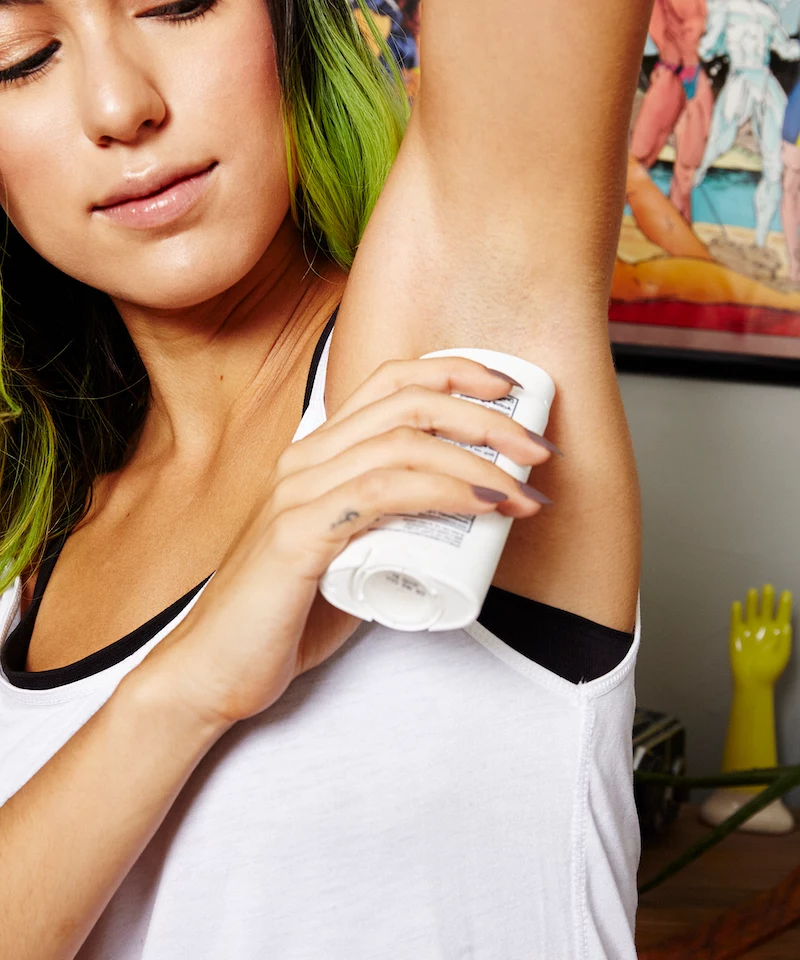
For the advanced formulator, there’s also Zinc Ricinoleate. This stuff is really cool. It’s derived from castor oil, and it doesn’t kill bacteria or stop sweat. Instead, it works like a magnet, trapping and absorbing odor molecules before they can cause a stink. It’s super effective and gentle.
The Powders: Your Moisture-Absorbing Sponges
These help your deodorant feel dry and comfortable.
- Arrowroot Powder or Cornstarch: Silky, fine, and excellent at absorbing moisture. Cornstarch works just as well as arrowroot, and you probably already have it in your kitchen.
- Bentonite or Kaolin Clay: These clays are absorption powerhouses. Kaolin is very gentle and soft, perfect for sensitive formulas. Bentonite is super-absorbent. Quick tip: When you’re working with bentonite clay, don’t use metal bowls or utensils. The clay can react with the metal, which might make it less effective. Stick to glass, wood, or silicone.
The Scent: Aromatic & Functional Essential Oils
Essential oils aren’t just for a pretty scent; many are also antimicrobial, adding another layer of defense.

- Tea Tree & Lavender: Both are antibacterial powerhouses, and lavender is also wonderfully calming for the skin.
- Citrus Oils (Lemon, Bergamot): These smell fresh and clean, but—and this is a big but—many citrus oils are phototoxic. That means they can cause a serious skin reaction if you go out in the sun after applying them. ALWAYS use steam-distilled or FCF (furocoumarin-free) versions of citrus oils to be safe.
CRITICAL SAFETY NOTE: Never, ever apply essential oils directly to your skin without diluting them. In a deodorant, a safe and effective amount is between 0.5% and 1.5% of the total weight of your batch.
The Workshop Method: Let’s Make Deodorant!
Ready to get started? This whole process should take you about 30 minutes of active work, plus a few hours for the deodorant to cool and set. It’s surprisingly quick!
The Step-by-Step Process
- Measure and Melt: Using your digital scale, weigh your hard ingredients—the butters (shea, cocoa) and wax (beeswax, candelilla). Put them in a double boiler or a heat-safe glass bowl set over a saucepan with a little simmering water. Melt them gently over low heat.
- Add Liquid Oils: Once everything is melted, take it off the heat. Weigh and stir in your liquid oils, like coconut oil.
- Cool Down a Bit: This step is super important. Let the mixture cool for 5-10 minutes. It should still be liquid, but just warm to the touch, not piping hot. If you add powders when it’s too hot, they’ll clump up, and you can damage your precious essential oils. A good visual cue is when the mix starts to look slightly opaque or cloudy around the edges.
- Whisk in Powders & Actives: Weigh and add your powders (arrowroot, clay) and your chosen active (magnesium hydroxide). Whisk like crazy until the mixture is completely smooth with no lumps.
- Add Essential Oils: Once it’s smooth, it’s time to add your pre-weighed essential oils. Stir one last time to make sure they’re fully mixed in.
- Pour and Set: Carefully pour your creation into clean glass jars or empty deodorant tubes. Let them sit on a level surface undisturbed for several hours until they’re completely firm. If you’re in a hurry, you can pop them in the fridge for an hour to speed things up.

Common Mistakes & Easy Fixes
- “My deodorant feels grainy!” This usually happens when the butters cool at different speeds. No worries! Just gently melt the whole thing down again, stir it really well, and then cool it quickly in the fridge. This forces everything to solidify at the same time and usually solves the graininess.
- “It’s too hard and drags on my skin!” Your wax-to-oil ratio is probably a bit too high. Remelt the deodorant and add a little more liquid oil (like a teaspoon of coconut oil) to soften it up.
- “Help, it’s too soft and mushy!” The opposite problem! It needs more structure. Remelt it and add a few more pellets or a tiny bit of shaved wax to increase its firmness.
Proven Recipes to Get You Started
Here are three reliable formulas based on weight. A 100g batch is a great size to start with and should last you a solid 2-3 months of daily use. Remember, you can scale these up or down, just keep the percentages the same.
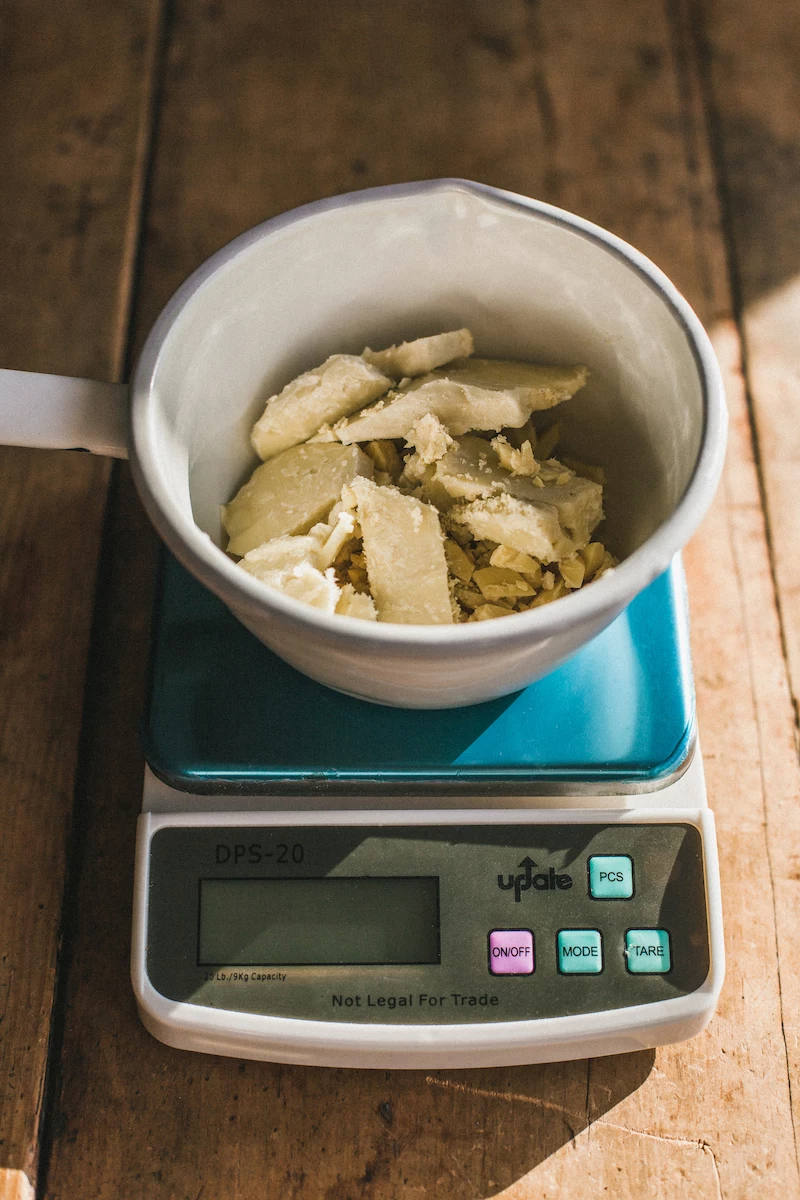
Recipe
1: The Gentle Cream for Sensitive Skin (Baking Soda-Free)
This is a perfect first recipe. It’s a soft cream you apply with your fingertips, and it’s super gentle.
- 30% Shea Butter (30g)
- 25% Coconut Oil (25g)
- 25% Arrowroot Powder (25g)
- 15% Magnesium Hydroxide (15g)
- 4% Kaolin Clay (4g)
- 1% Lavender Essential Oil (1g, which is about 20-25 drops)
Recipe
2: The Classic Performance Stick
This formula uses a little baking soda for extra odor-fighting power and beeswax for a solid, easy-to-use stick.
- 30% Coconut Oil (30g)
- 20% Shea Butter (20g)
- 15% Beeswax (15g)
- 20% Arrowroot Powder (20g)
- 10% Baking Soda (10g)
- 4% Bentonite Clay (4g)
- 1% Tea Tree & Peppermint Essential Oils (1g total – about 10-12 drops of each)
Heads up! Because this contains baking soda, please do a patch test on your inner arm before going all in. If you feel any itching or see any redness, this one isn’t for you.
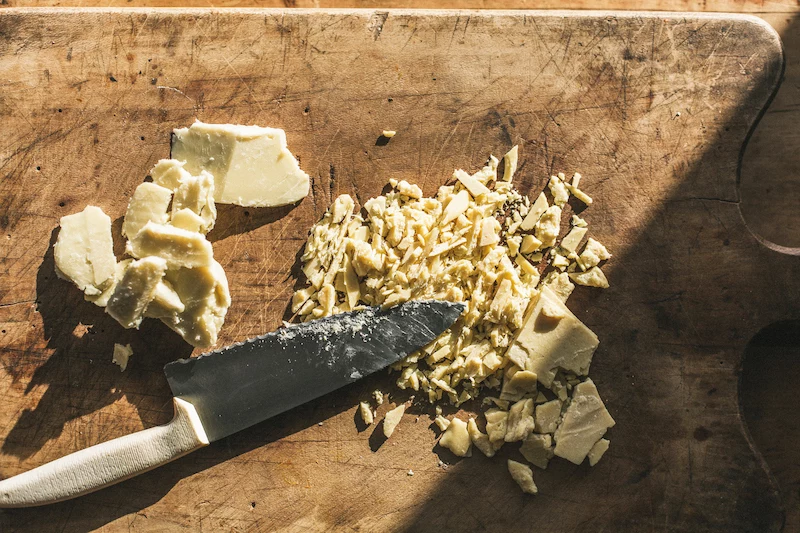
Recipe #3: The Advanced Odor-Control Stick (Vegan)
This powerhouse formula uses advanced ingredients for serious odor control without any baking soda. It’s a solid stick perfect for active people.
- 25% Cocoa Butter (25g)
- 25% Coconut Oil (25g)
- 15% Candelilla Wax (15g)
- 25% Arrowroot Powder (25g)
- 5% Zinc Ricinoleate (5g)
- 4% Kaolin Clay (4g)
- 1% Bergamot (FCF) & Sandalwood Essential Oils (1g total)
Good to know: Make absolutely sure you’re using a Bergamot FCF (furocoumarin-free) or a steam-distilled version to avoid any issues with sun exposure.
A Final Word on the “Detox” Period & Storage
When you switch from an antiperspirant, your body might go through a little adjustment phase. Some people call it an “armpit detox.” Basically, your sweat glands have been plugged up for years, and now they’re free! You might notice you’re sweating more for a week or two as your body rebalances itself. This is totally normal. Hang in there, and give your body a little time to adjust to its new, healthier routine.
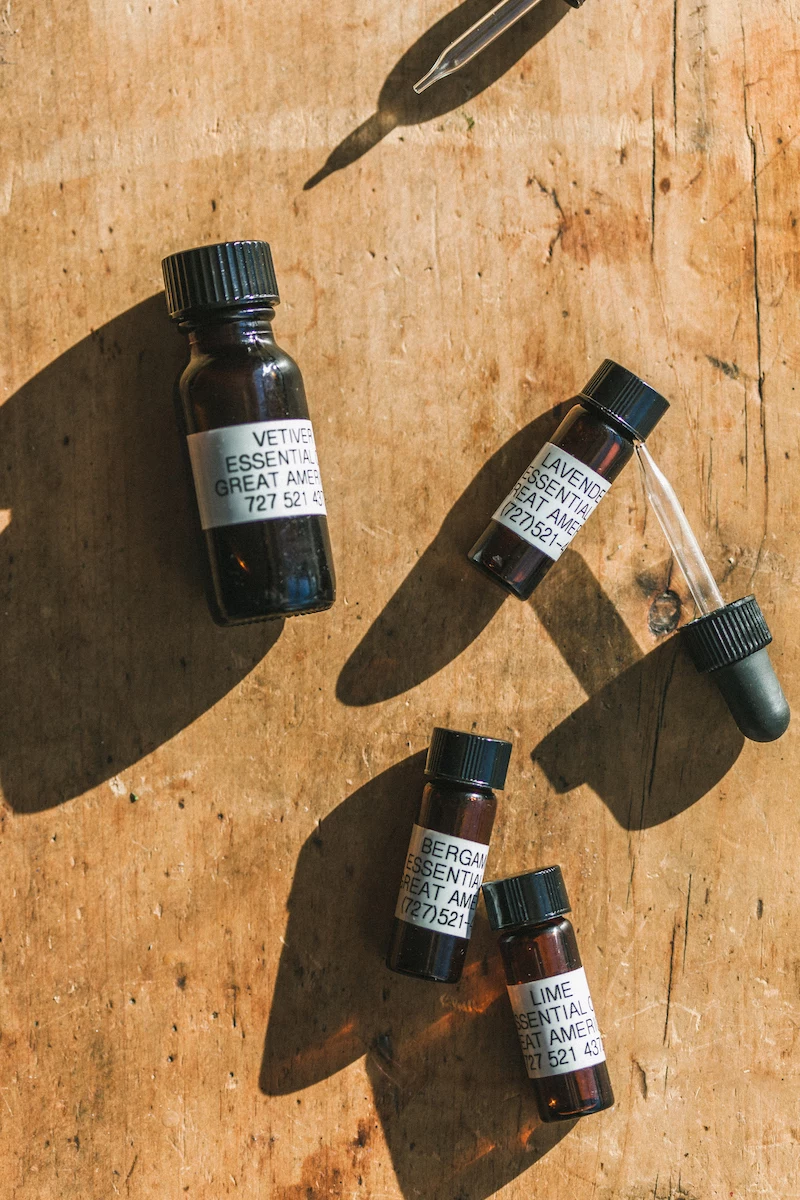
As for your beautiful new creation, how do you store it? Since it’s made with natural butters and oils and no synthetic preservatives, it’s best to use it up within about 6-12 months. Keep it in a cool, dark place (like a medicine cabinet) to keep it fresh and prevent it from melting on a hot day. Enjoy the freedom of knowing exactly what’s in your deodorant!
Inspirational Gallery
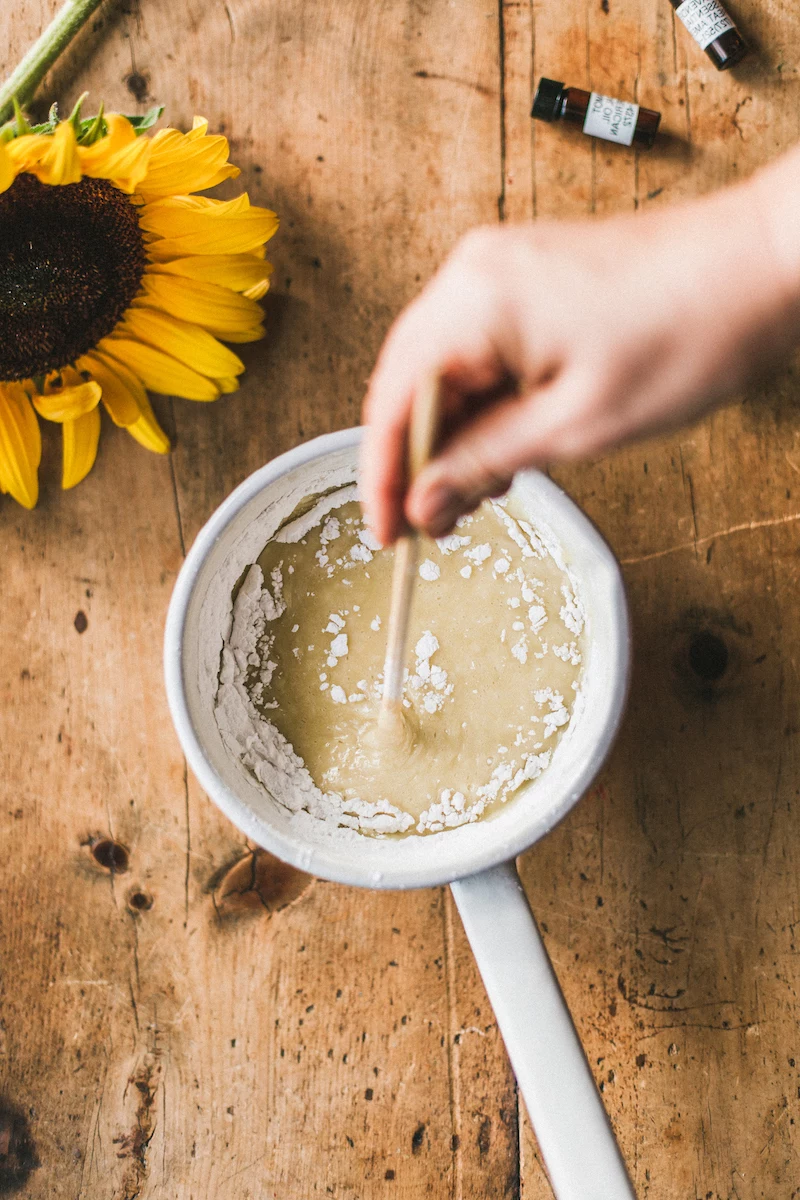
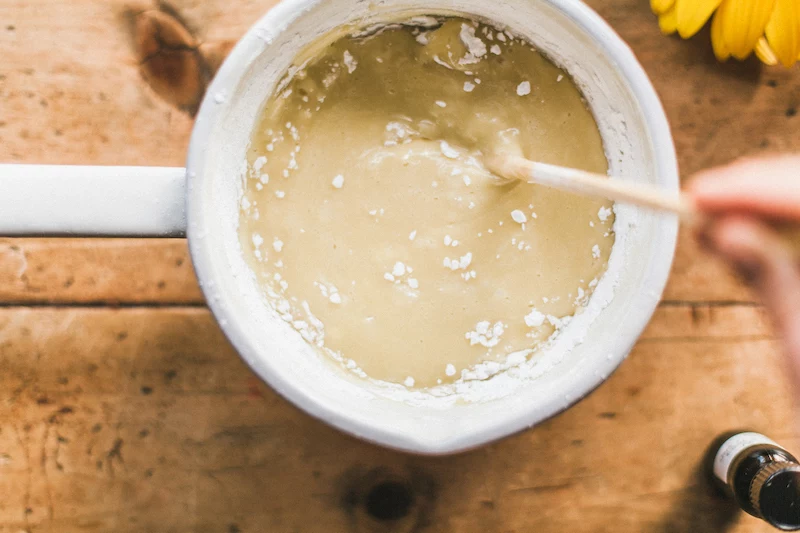
The global natural deodorant market is projected to reach $158.5 million by 2025, growing at a rate of over 14% per year.
This boom isn’t just a trend; it’s a movement. By making your own, you’re not just a consumer, you’re a creator at the forefront of this shift, choosing exactly what goes onto your skin and into the environment.
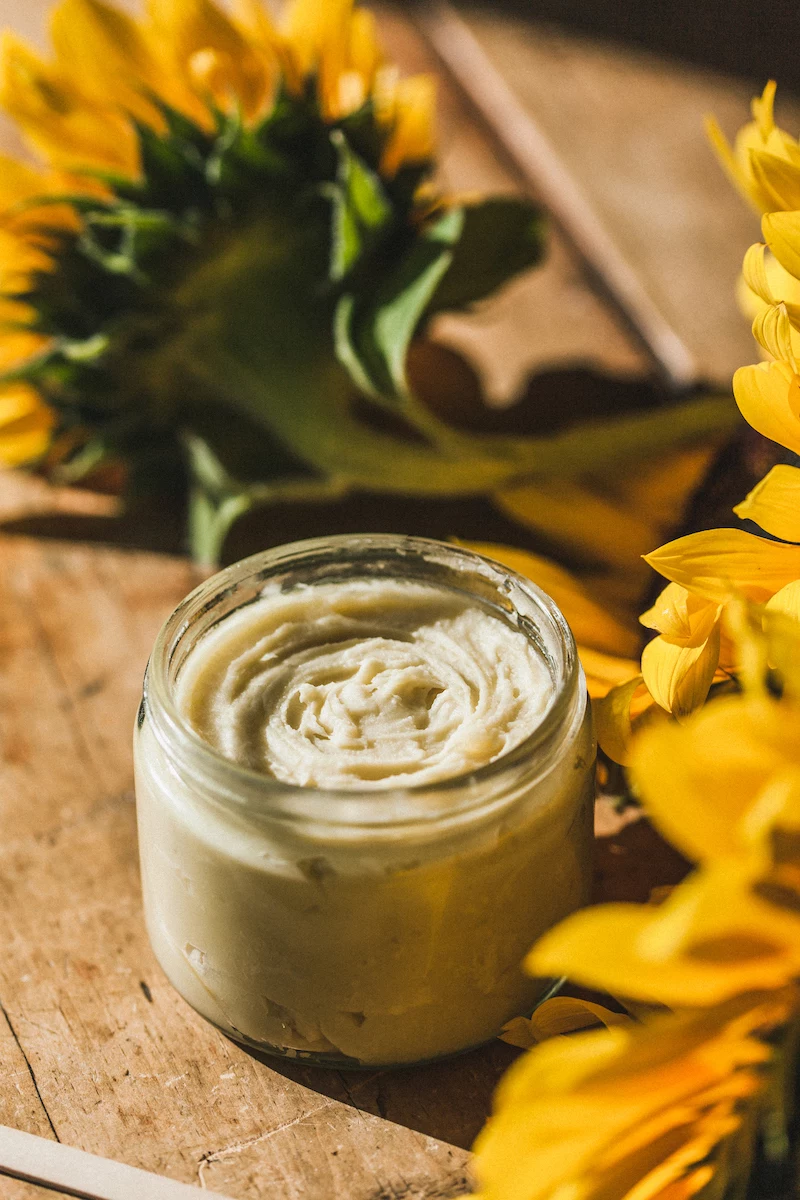
Help! My homemade deodorant feels gritty. What went wrong?
This is a common issue, often caused by baking soda that hasn’t fully dissolved or is too coarse. To fix this, try sourcing a finer, aluminum-free baking soda, like the one from Bob’s Red Mill. You can also give it a quick blitz in a coffee grinder. Alternatively, gently melt your oils and butters, then whisk in the powders very thoroughly before the mixture begins to cool. This helps suspend the particles more evenly.
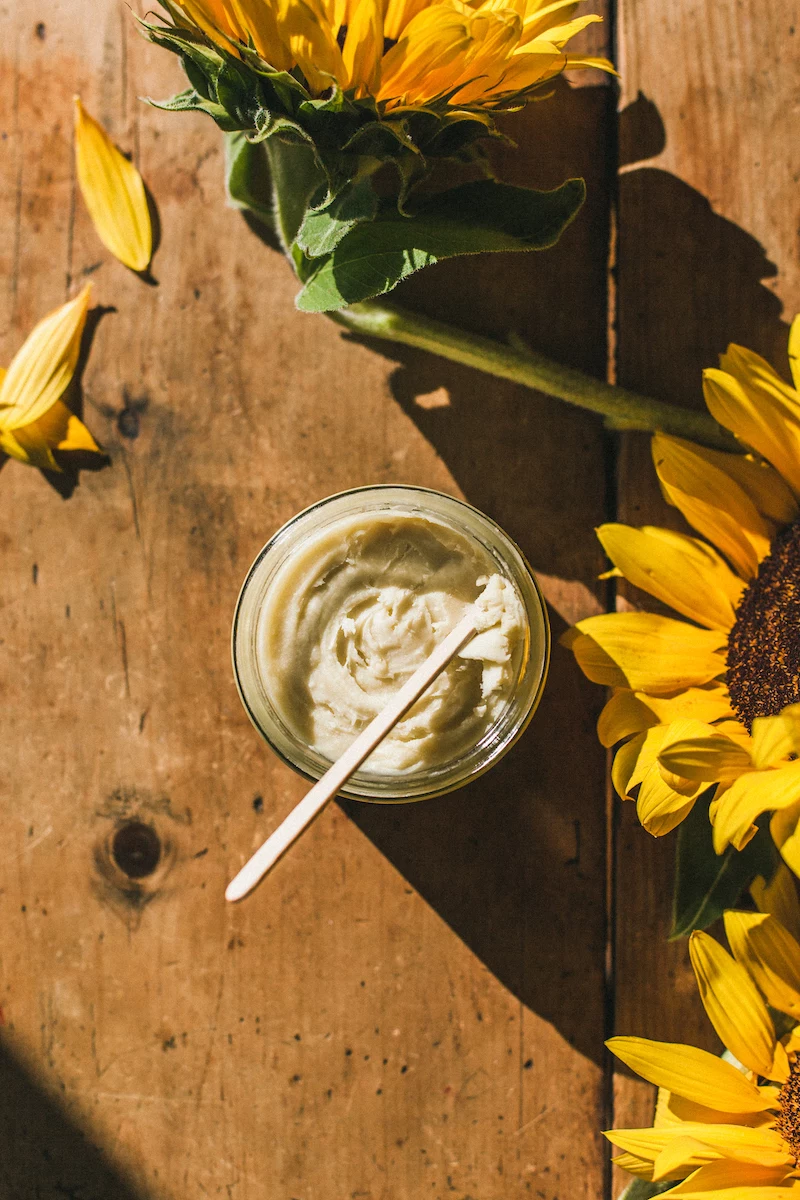
Shea Butter: Creamy and rich in vitamins A and E, it’s incredibly nourishing and soothing, perfect for skin that’s easily irritated by shaving.
Cocoa Butter: Firmer than shea, it gives your deodorant a more solid structure and a subtle, delicious chocolatey scent. It’s an excellent occlusive, forming a protective barrier.
For a perfect balance, try using a blend of both to get the benefits of deep moisture and a sturdy final product.
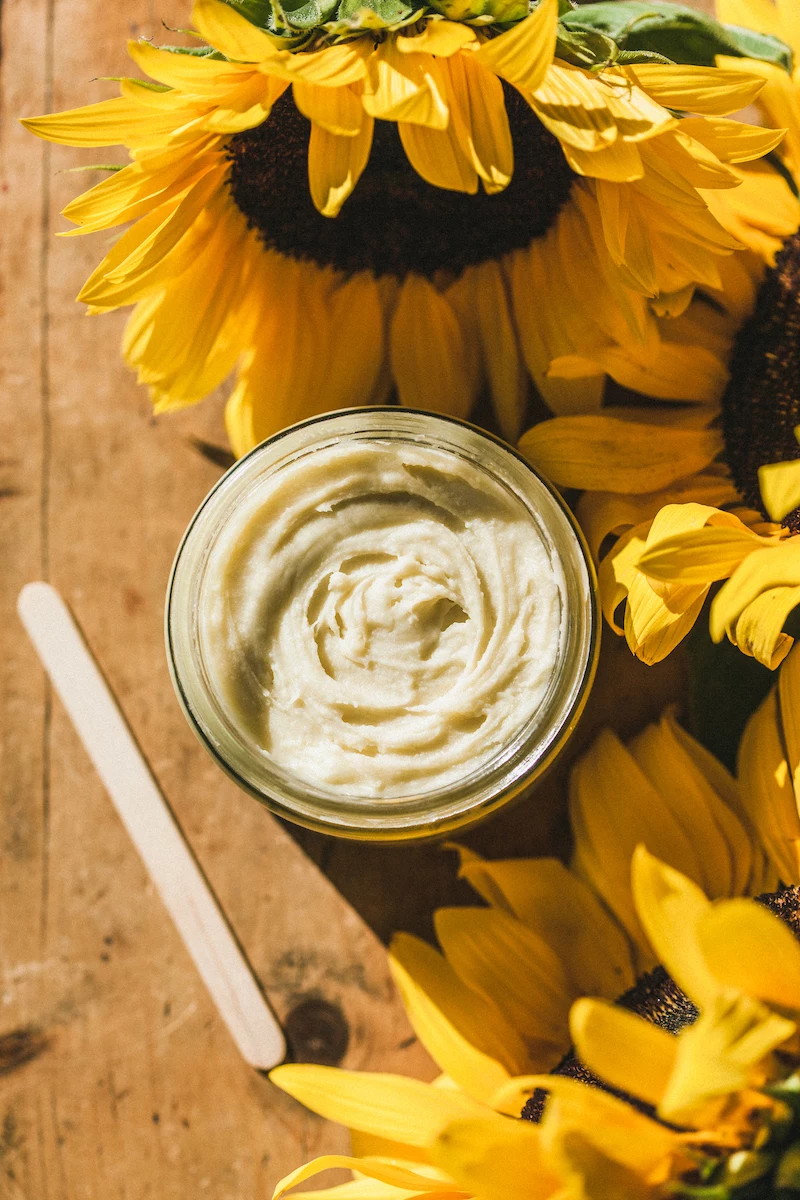
When it comes to essential oils, a little goes a long way. For a standard 1/2 cup recipe, 10-15 drops is plenty. Consider creating a signature scent blend:
- For a calming effect: Lavender and Roman Chamomile.
- For a fresh, clean scent: Tea Tree and Peppermint (use peppermint sparingly!).
- For a woodsy, unisex aroma: Cedarwood, Frankincense, and a hint of Bergamot.
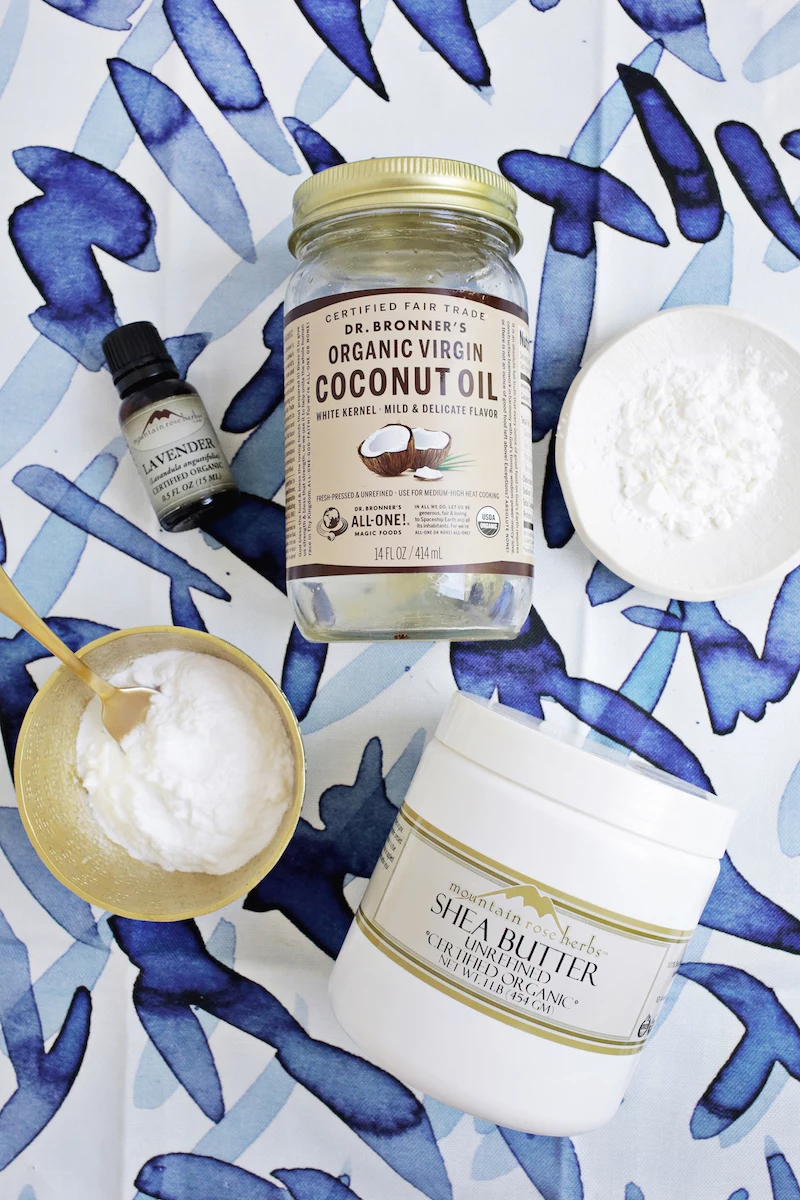
- Prevents irritation often caused by the high pH of baking soda.
- Provides effective, gentle odor control.
- Has a smooth, silky texture that improves application.
The secret? Magnesium hydroxide. It’s the active ingredient in Milk of Magnesia and works by creating an alkaline environment that discourages odor-causing bacteria, but without the harshness some people experience with baking soda.
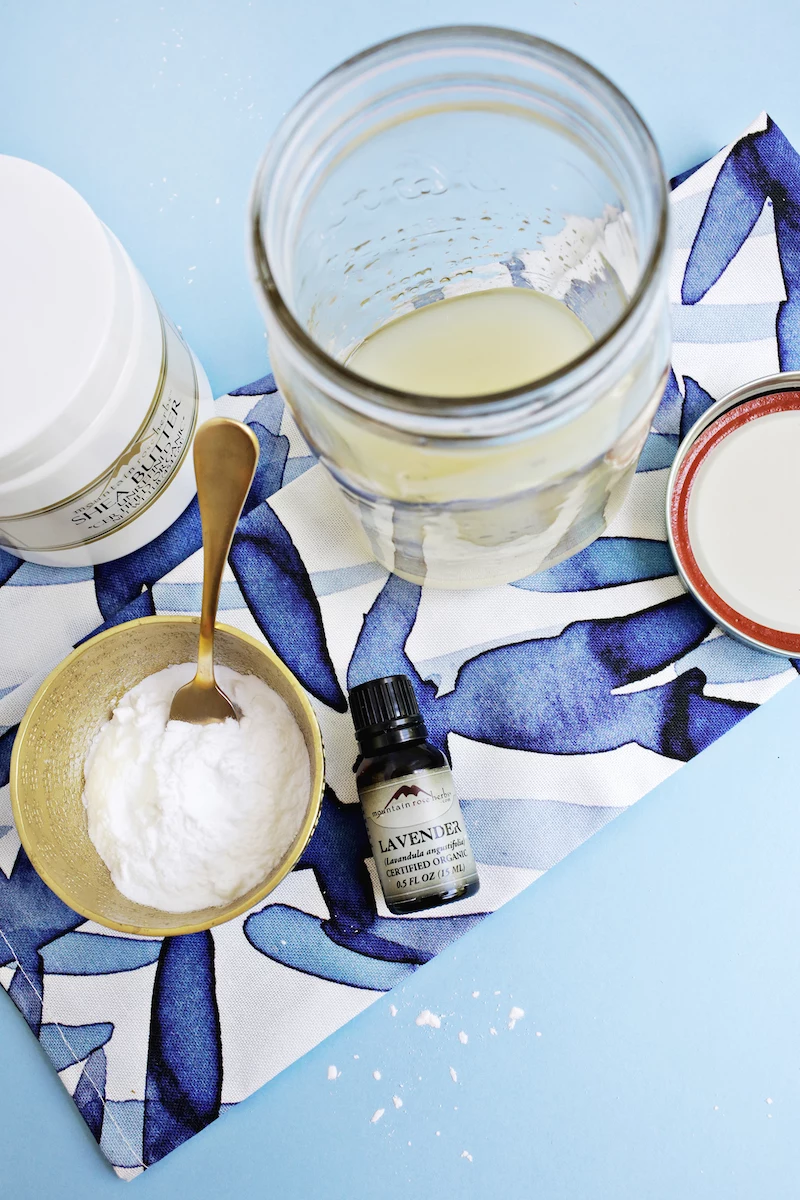
Choosing your container is part of the fun. You can repurpose an old deodorant tube (cleaned and sterilized, of course), buy new empty tubes online, or simply use a small, wide-mouthed glass jar. Jars are zero-waste and easy to fill, but require finger application. Tubes are convenient and familiar, but can be trickier to pour without a mess. The choice reflects your personal routine!
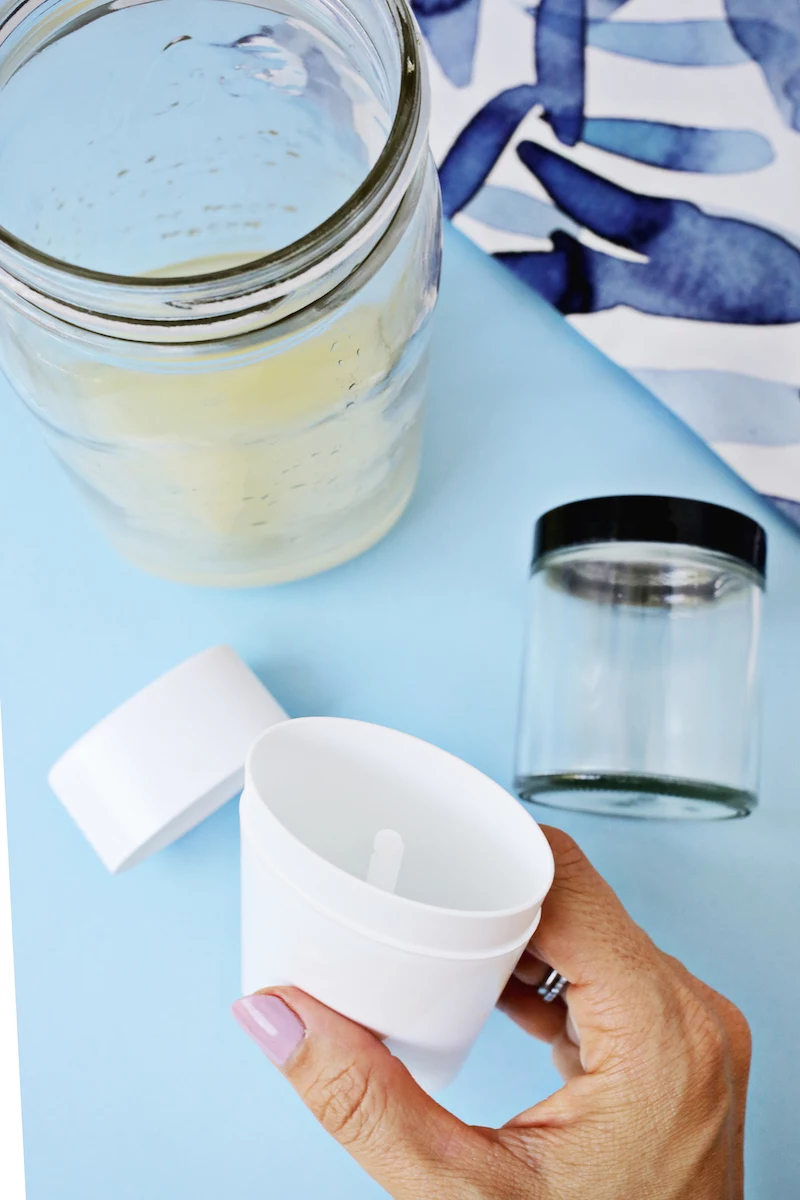
Your skin is your largest organ, and the skin in your armpits is particularly thin and home to a host of lymph nodes.
This is why making a conscious choice about what you apply there matters so much. Natural ingredients work in harmony with your body’s complex systems, rather than blocking them. Think of it as skincare, not just odor control.
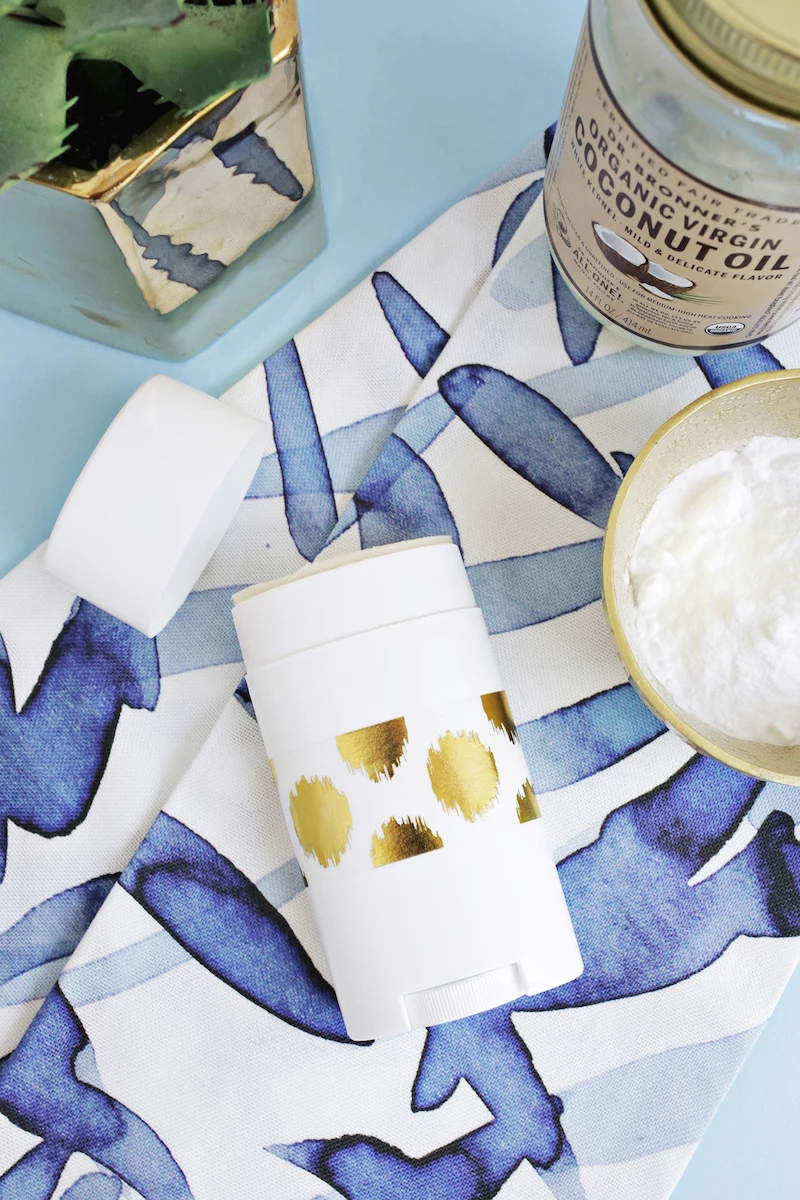
Don’t forget the patch test: Even with all-natural ingredients, sensitivities can occur. Before you slather on your new creation, apply a small amount to the inside of your wrist or elbow and wait 24 hours. This simple step can save you from the discomfort of an unexpected underarm rash.
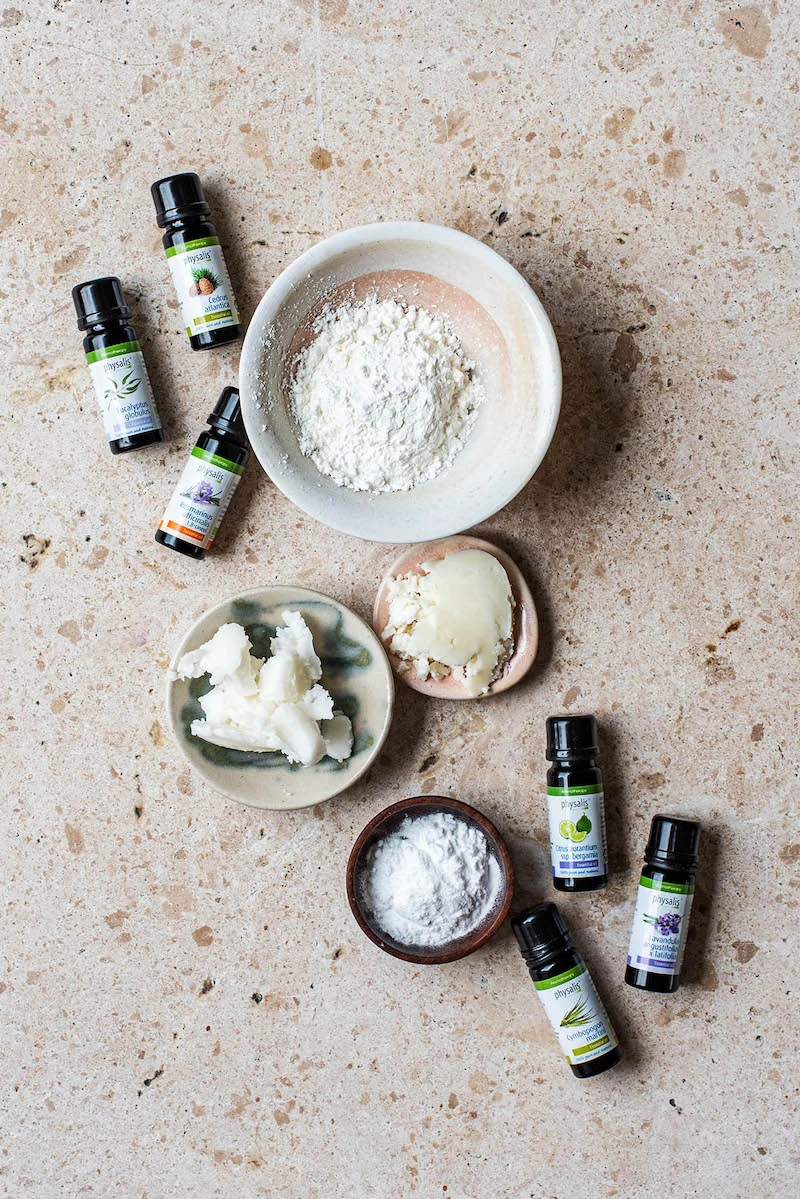
The idea of an
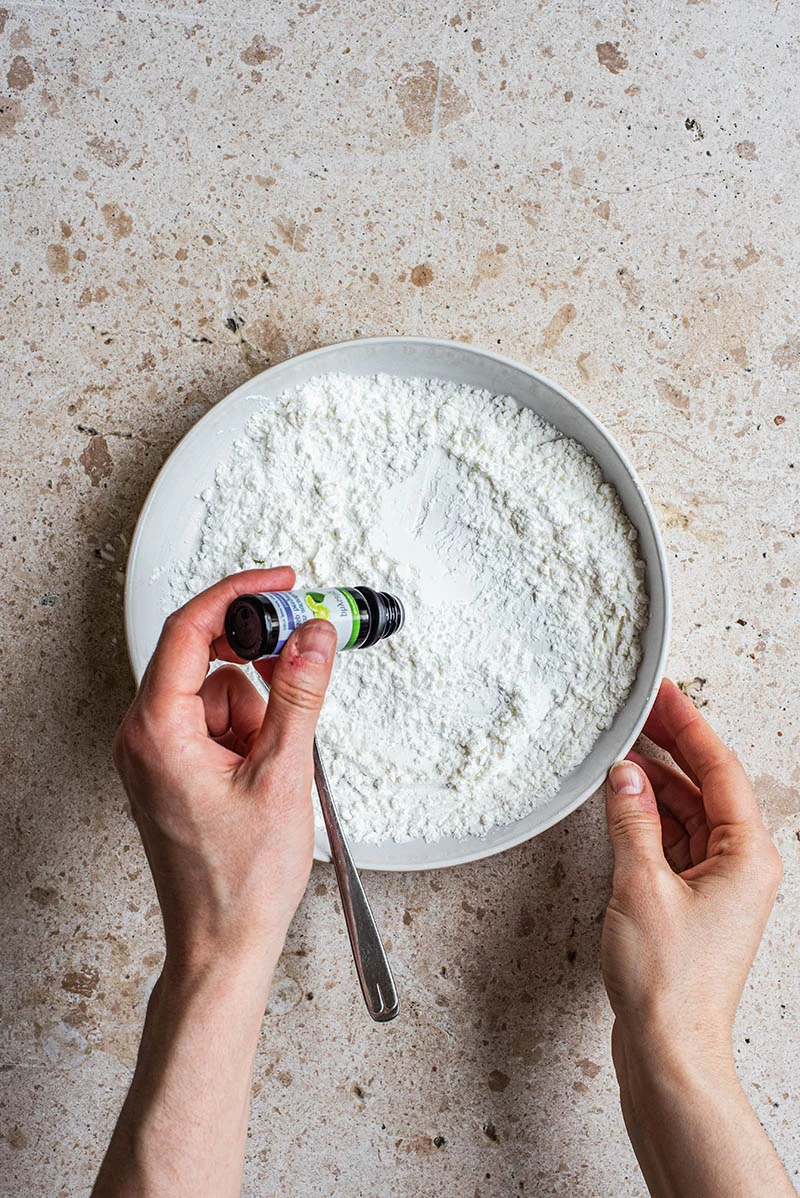
If you’re crafting a deodorant stick and live in a warm climate, your formula might need a little help staying solid. Add a plant-based wax to your recipe. Candelilla wax is a fantastic vegan option that creates a firm, smooth glide. Start with about 1 to 2 teaspoons of candelilla wax pellets per 1/2 cup of oils/butters, melting it completely with them before adding your powders.
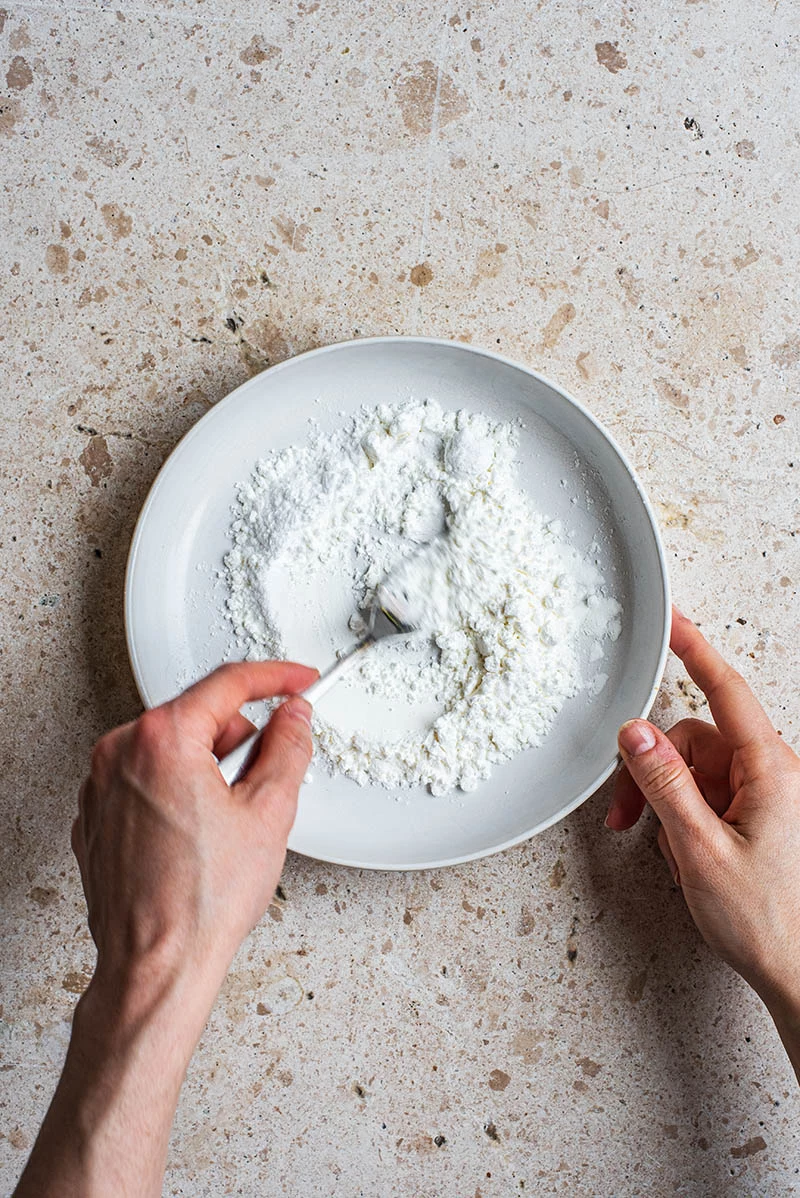
- Kaolin Clay: Exceptionally gentle and silky, this white clay is ideal for sensitive skin. It absorbs moisture without over-drying.
- Bentonite Clay: A powerhouse detoxifier, this clay has a strong drawing power, helping to pull impurities from the pores. Use it for a stronger formula.

Are citrus essential oils a good choice for deodorant?
While oils like lemon, lime, and bergamot smell wonderfully fresh, they can be phototoxic. This means they can cause skin irritation or discoloration when exposed to sunlight. If you use them, ensure you buy ‘FCF’ (furocoumarin-free) versions, especially for bergamot, or use them in very low concentrations and avoid sun exposure on the area.
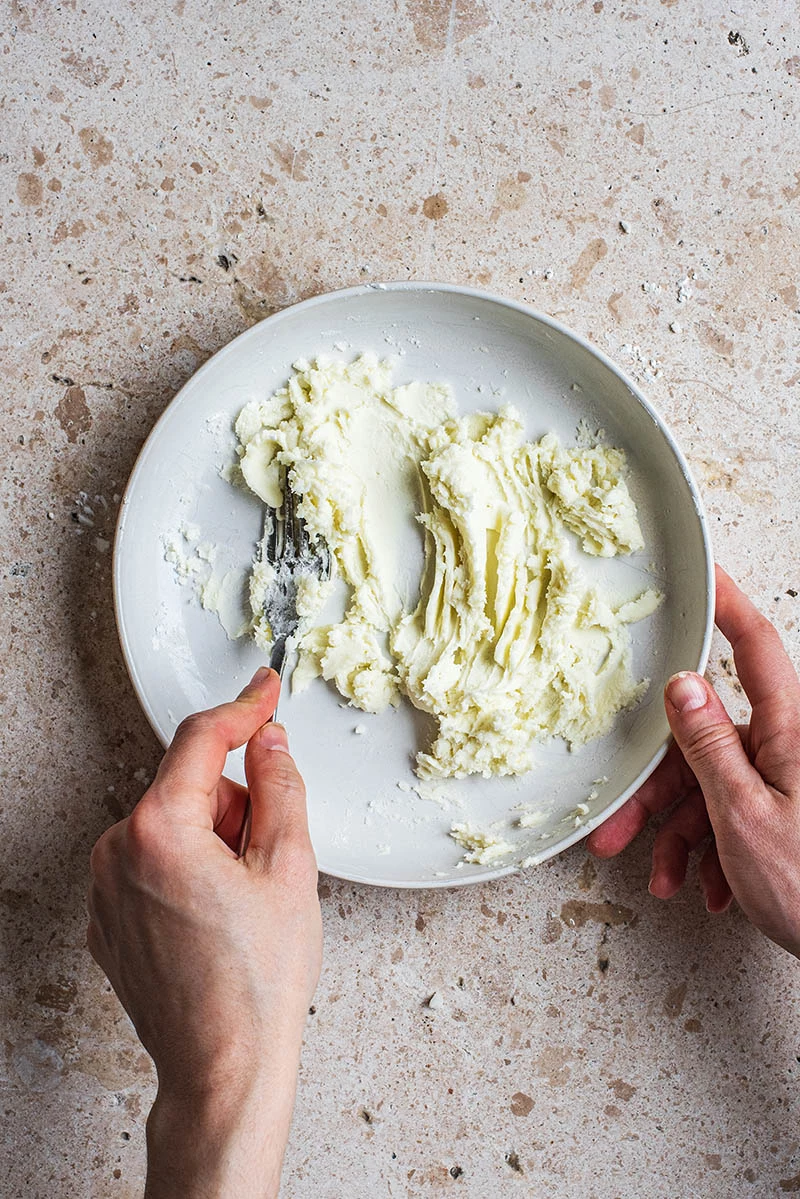
To prevent oil stains on your clothes, allow the deodorant a minute or two to fully absorb into your skin before getting dressed. Using arrowroot powder or clay in your recipe is also key, as these starches help bind the oils and reduce transfer. If a stain does occur, pre-treat it with a bit of dish soap before laundering.

Fact: The pH of healthy skin is typically acidic, ranging from 4.7 to 5.75.
Most odor-causing bacteria thrive in this acidic environment. Baking soda works by raising the skin’s pH to be more alkaline (around 8-9), which inhibits bacterial growth. However, this sudden shift can be irritating for some. That’s why baking soda-free alternatives using magnesium hydroxide are a game-changer for sensitive skin.

To extend the life of your homemade deodorant and prevent bacterial growth in the product itself, add a few drops of Vitamin E oil. It’s not a true preservative, but it is a powerful antioxidant that helps slow the oxidation of your carrier oils, keeping your creation fresh for longer. Store it in a cool, dark place, and it should last for 3-6 months.
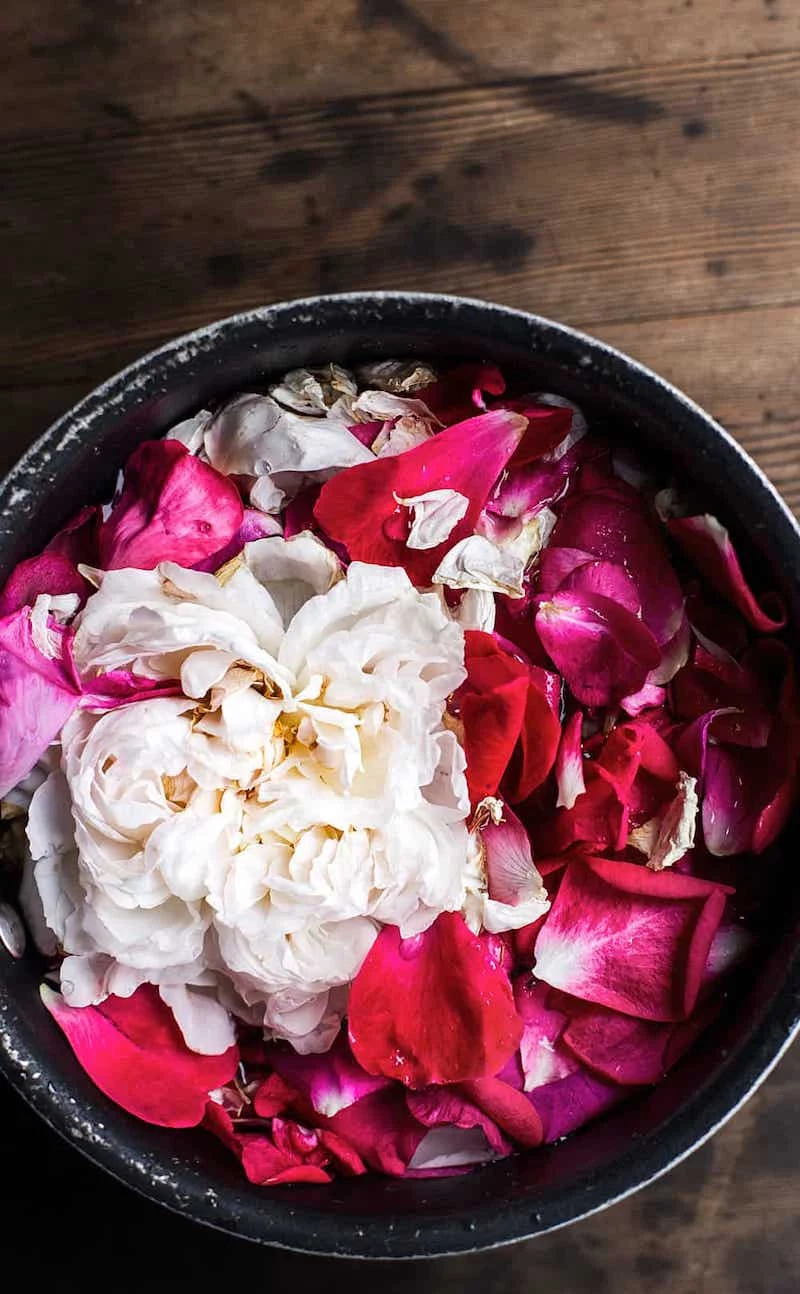
For a truly professional-grade product, the quality of your raw ingredients is paramount. Look for unrefined, cold-pressed oils and organic butters. Suppliers like Mountain Rose Herbs or Bulk Apothecary are trusted sources for high-quality, sustainably sourced ingredients, ensuring your final product is as pure and effective as possible.
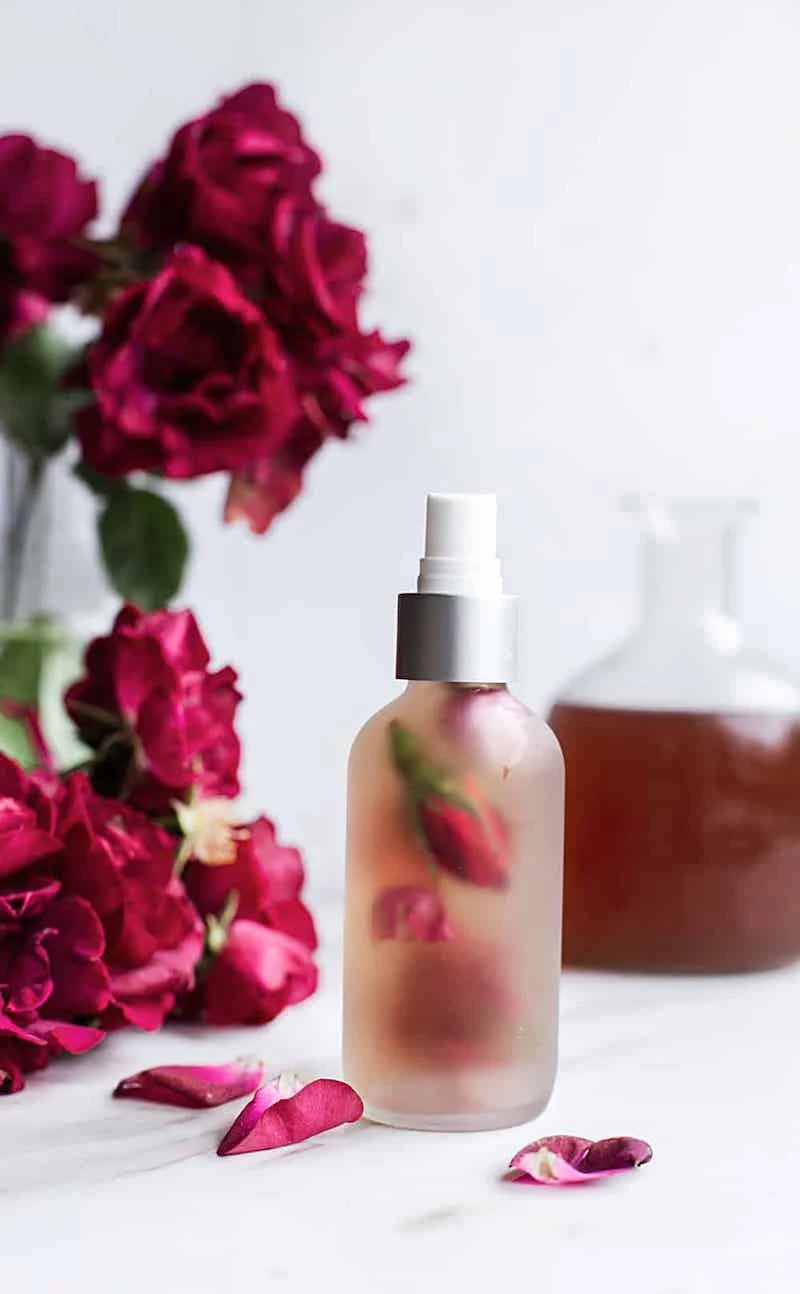
For a solid stick: A formula with a higher ratio of hard butters (like cocoa butter or kokum butter) and a bit of wax will hold its shape in a twist-up tube and provide a mess-free swipe.
For a creamy paste: A softer blend, richer in shea butter and coconut oil, is perfect for a jar. This texture is lovely to apply by hand, allowing you to massage it in for better absorption.
Your choice depends entirely on your application preference.
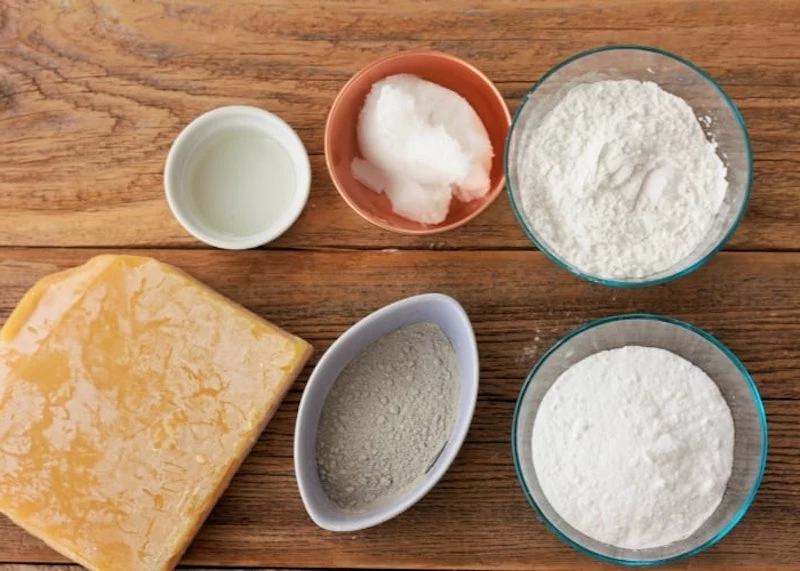
Think of your deodorant recipe like a seasonal wardrobe. In the summer, you might want to increase the amount of arrowroot powder for extra absorption and add a touch more wax for firmness against the heat. In the winter, you can reduce the powders and wax slightly for a creamier, more moisturizing formula that glides on smoothly in colder temperatures.
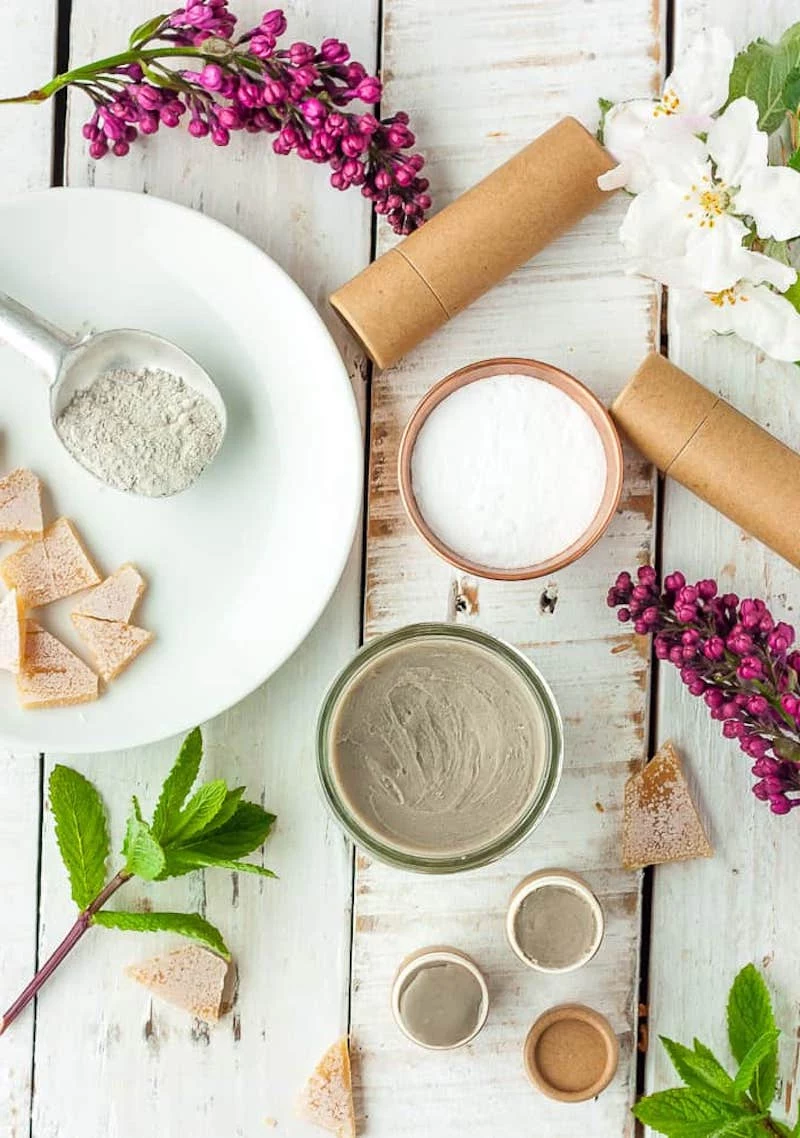
- Tea Tree Oil for its potent antibacterial and antifungal properties.
- Lavender for its calming, anti-inflammatory benefits.
- Cypress, which is a natural astringent that can help temporarily reduce sweat flow.
These are your power players. Including one or more of these essential oils in your blend will elevate your deodorant from just smelling nice to actively fighting odor at its source.
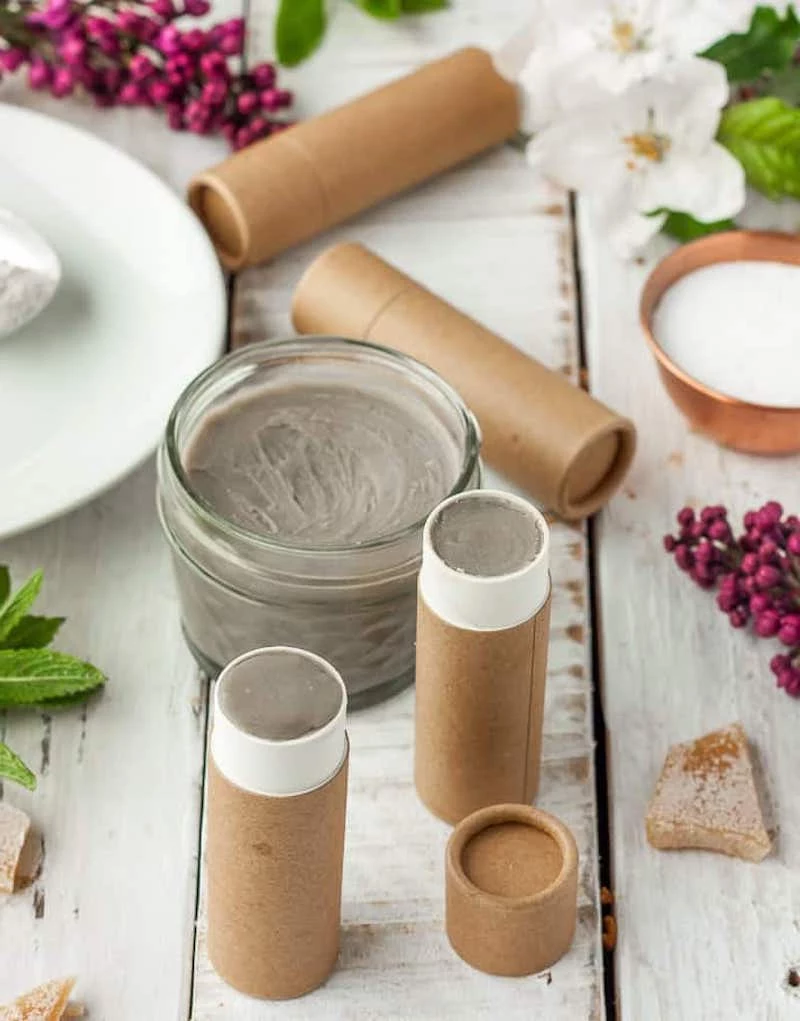
Important Note: While wonderfully effective for daily wear, a DIY deodorant may perform differently during intense exercise. It won’t stop you from sweating—which is a healthy part of a workout! You may need to reapply it afterward. For maximum confidence, bring a small jar with you to the gym for a quick refresh.
Did you know the ancient Egyptians used scented oils and spices, like cinnamon and citrus, as perfumed deodorants?
The quest for pleasant-smelling pits is nothing new! By crafting your own deodorant with essential oils, you’re participating in a ritual that spans millennia, connecting with a long history of using nature’s best assets to feel fresh and confident.










